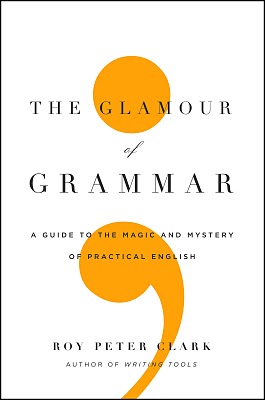"The Work of Play" in a nutshell
The book I've been working on in the past year - The Work of Play: Meaning-making in Videogames - has been published last week.
Here's the book in a nutshell:
In a chapter published in the Handbook of Research on New Literacies, Constance Steinkuehler (2008) argues that "we need a more robust account of meaning-making process itself." In this book, I've attempted to respond to that call for research by using a sociological approach that's been used in human-computer interaction studies. A common way of studying games today is through pre- and post-test studies, using quantitative methods to study variables that might impact gameplay. While these studies have been important to the field, they are limited by their ability to describe the actual process of gameplay itself, or respond to why it is that these variables impact gameplay. Moreover, many videogames are designed to be played for hours, not minutes, and players' relationships with games change over these long periods of time. Play has become a "black box" that we seldom look into and, in some case, are not interested in studying, because it's a mess to describe.
The approach used in the book was used by Lucy Suchman when she was at the Xerox Palo Alto Research Center, studying users following instructions in photocopiers. She found out that the interaction between users and machines can be described as a turn-taking mechanism, during which both parties (the user and the designer) have expectations for how the other processes meaning. When meanings are congruent, then the interaction proceeds smoothly; but Suchman had noticed that when communication breaks down, it is due to one or both parties making inaccurate assumptions that instructions were correctly followed, during which time the user will have to figure out where along the interaction did meaning become unclear.
The book explores games along the same lines, focusing on how players interact with one another (how meanings are developed between players) and how players interact with the game design. Some key findings described in the book are:
- Players can misunderstand aspects of the game design and still proceed with the play with little to no impediment. This forces us to question how is it that we can ensure the intended game meaning is communicated accurately to players. In commercial games, this is seldom a problem because the key goal is for the players to have fun, however they choose to define meaning. In educational or serious games, this becomes more of a concern because we don't want players to walk away with the wrong message.
- Players develop meanings independent of the game design. Even while interacting within the design of the game, players are actively looking for meaning, especially in situations where they are playing with one another. The games I describe in the book are fighting games, which are ideal for players who want to play in a group. I noticed that players found creative ways of developing meanings that were unique to themselves, and found ways of defining aspects of gameplay that were important to them, e.g. cheating vs. fairness.
- Meaning-making is not a static process. Meanings change over time. The more time they spend with the game, the more they can incorporate information in the game. Since this is a qualitative study, I was able to describe these changes over long stretches of time as well as on a moment-to-moment basis.
- The way players talk about games after playing differs from the way they talk about it while they are playing. It's not that they lie or are forgetful, but that the post hoc discussion is essentially a "reconstruction" of an event that leaves out potentially important aspects of their experience.
The book builds on the work of many game researchers in the field. It is also interdisplinary in its approach, drawing in research in sociology, anthropology, computer science, human-computer interacton, linguistics, and educational game research. I hope this research appeals to anyone in the field of games research. If you happen to read it, I look forward to any feedback and criticism you may have.
You can find the book at the publisher's site (http://www.peterlang.com/?310905) or at Amazon.com.
You can also find a sample chapter at: http://bit.ly/j3VYYl.
Recommended: The Glamour of Grammar
 I came across The Glamour of Grammar by Roy Peter Clark while looking for an approachable guide to grammar for my graduate students. Grammar is something that everyone struggles with, regardless of whether you're a native speaker of English or not. Many things you've learned as a student may or may not have changed over time. Any student of language would also realize that grammatical rules evolve, so rules such as "never end your sentence with a preposition" are one of those rules that are falling out of use. (I also read this right after Albert C. Baugh and Thomas Cable's brilliant A History of the English Language, which went in depth into many other issues, and focused a lot more on the historical evolution of language since its beginnings, and its foreign influences over time.)
I came across The Glamour of Grammar by Roy Peter Clark while looking for an approachable guide to grammar for my graduate students. Grammar is something that everyone struggles with, regardless of whether you're a native speaker of English or not. Many things you've learned as a student may or may not have changed over time. Any student of language would also realize that grammatical rules evolve, so rules such as "never end your sentence with a preposition" are one of those rules that are falling out of use. (I also read this right after Albert C. Baugh and Thomas Cable's brilliant A History of the English Language, which went in depth into many other issues, and focused a lot more on the historical evolution of language since its beginnings, and its foreign influences over time.)